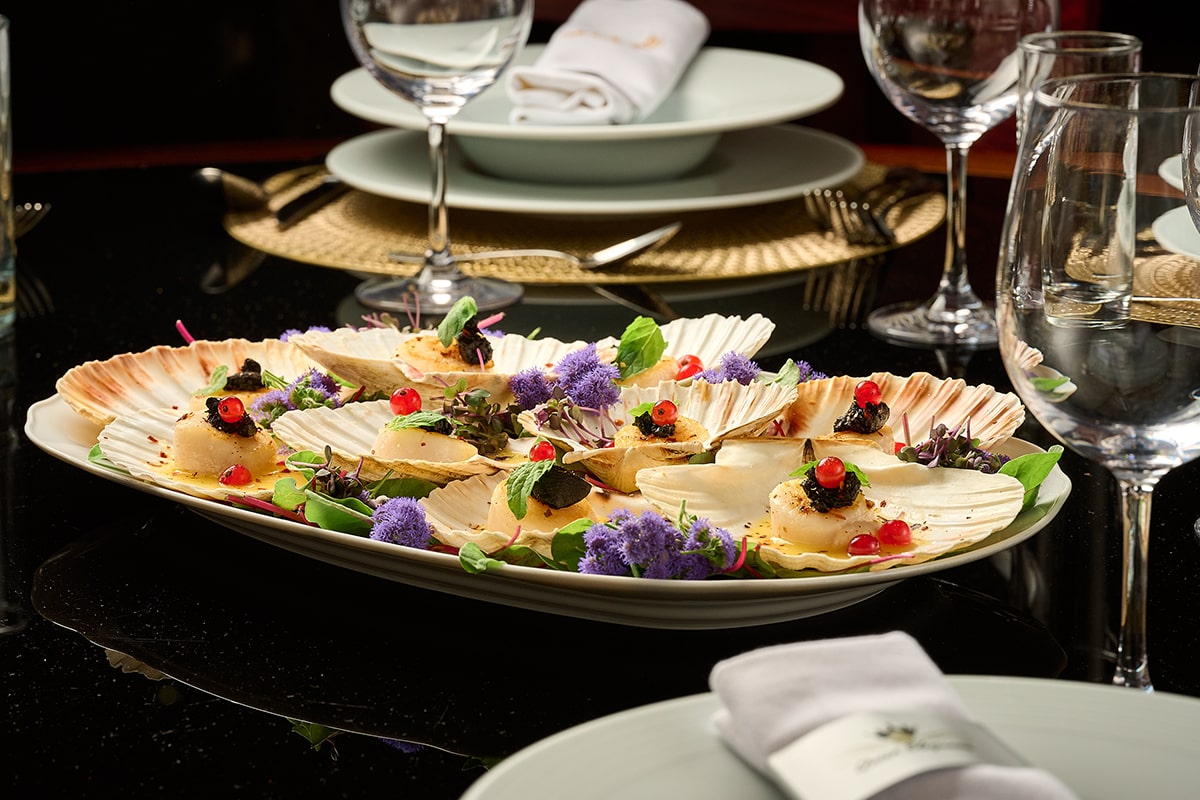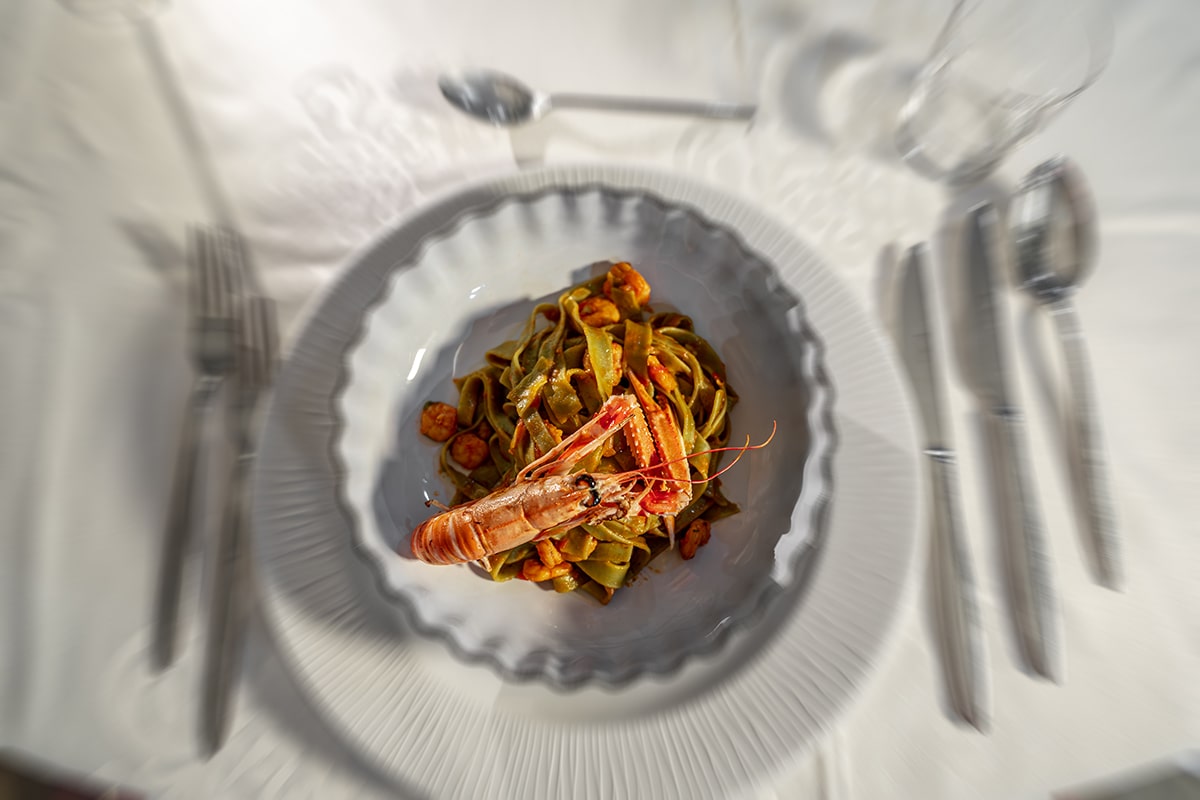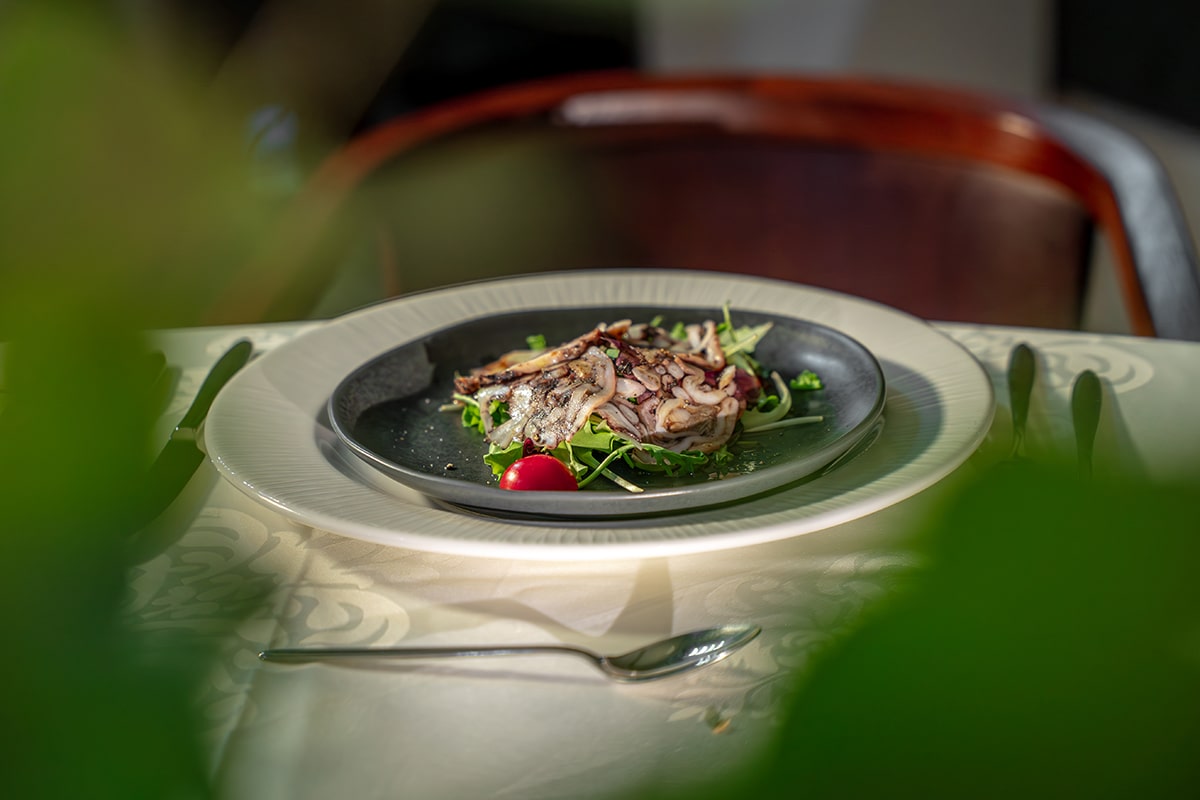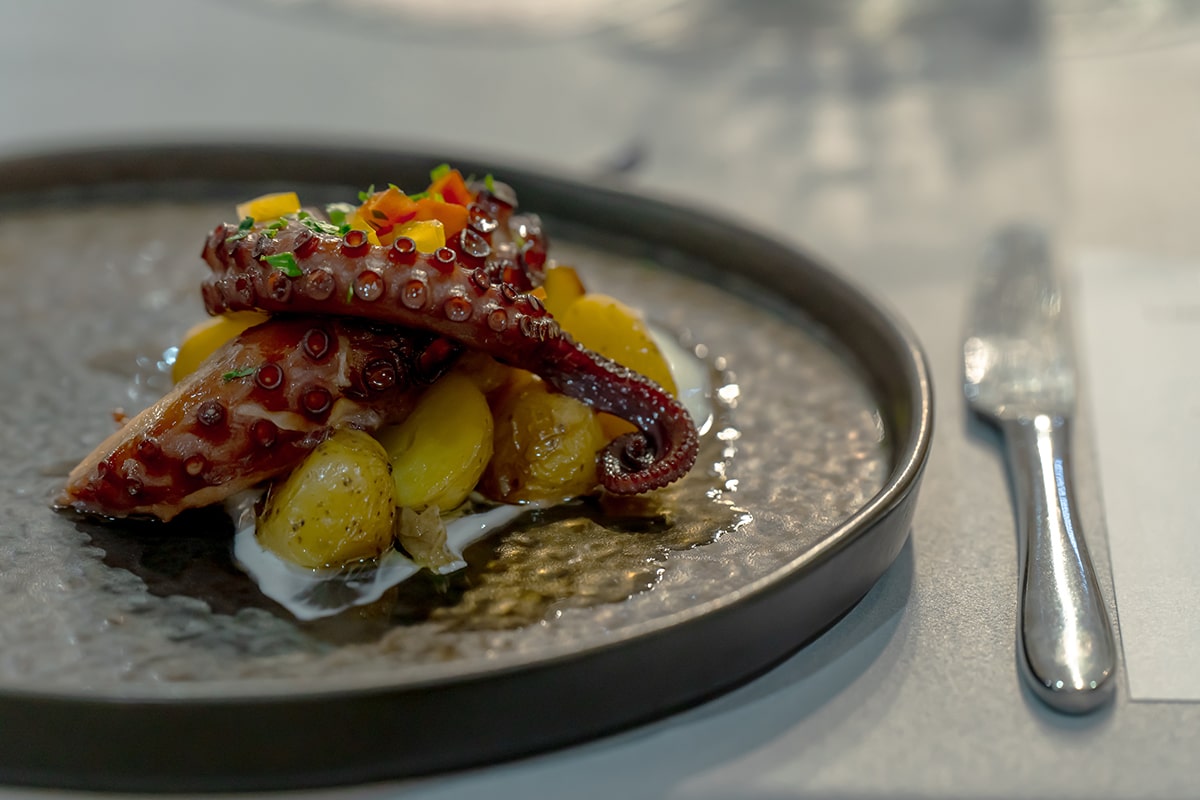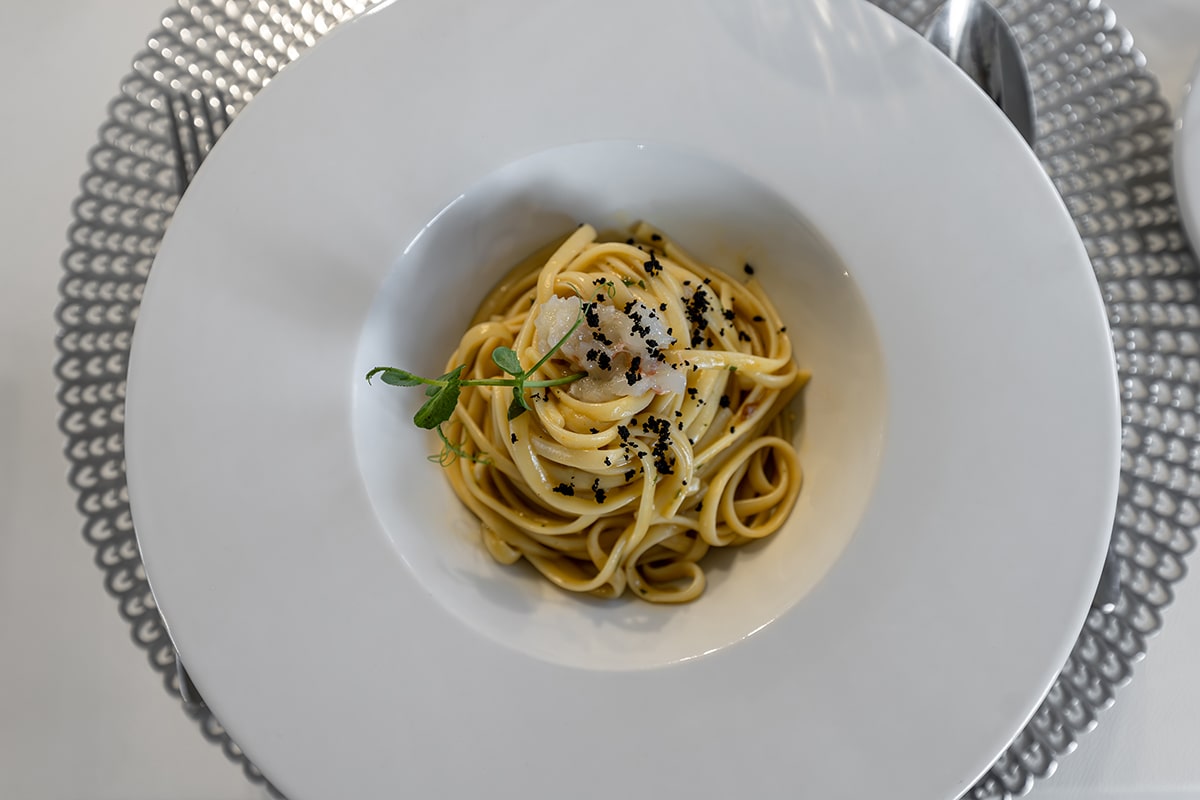Embark on a culinary voyage as we delve into the delectable world of traditional Croatian food. From the sun-soaked coastlines of Dalmatia to the pastoral charm of Zagreb’s countryside, Croatian cuisine offers a tapestry of flavors that intertwine centuries of history with a bounty of local ingredients. In this comprehensive exploration, we unwrap the geographic and cultural influences that craft these sumptuous dishes, inviting your palate to a feast that captures the essence of Croatia’s rich gastronomic heritage.
Key Takeaways:
- Discover the ingredients and dishes that define Croatian culinary traditions.
- Understand the regional differences that shape Croatia’s diverse food landscape.
- Learn about Croatia’s contribution to the renowned Mediterranean diet.
- Gain knowledge of Croatia’s food culture, including local specialties and festivals.
Table of Contents
I. An Introduction to Croatian Cuisine
II. Exploring Regional Culinary Specialties
III. Dalmatian Coast Gastronomy
IV. Istrian Culinary Delights
V. Zagreb and Inland Croatian Cuisine
VI. Fusion of Mediterranean Influences
VII. Modern Croatian Food Scene
An Introduction to Croatian Cuisine
Nestled at the crossroads of Central and Southeastern Europe along the glistening Adriatic Sea, Croatia’s cuisine is a hidden gem enriched by its varied landscapes and historical influences. The taste of Croatian food is as layered as its past, painted with flavors from the Ottoman Empire, Austro-Hungarian tradition, and Venetian seafaring spice traders. The distinct culinary regions—from the piquant seafood of its coastlines to the hearty stews and smoked meats of its mountains—tell the story of a nation’s enduring spirit and resourceful heart.
The Adriatic coast, with its extensive archipelago and pristine waters, offers an abundance of seafood dishes, like “brudet” (fish stew) and “grilled calamari,” that showcase the Mediterranean’s influence on Croatian cuisine. The Istrian peninsula, often called “Croatia’s Tuscany,” is renowned for its world-class olive oil, wines, and the prized white truffle, delivering an earthy counterpoint to the coastal zest.
In contrast, continental Croatia features Slavonian sausages and sarma (cabbage rolls) that reflect its Central European heritage, while the Dubrovnik region maintains a unique cuisine influenced by its storied past as a merchant republic. The capital, Zagreb, offers its blend of modern and traditional dining experiences where one can sample “strukli” (cheese pastry) or the ever-popular “cevapi” (kebabs).
An integral component of what draws the world to Croatian dinners is the staples of the Mediterranean diet, recognized by UNESCO as Intangible Cultural Heritage. Olive oil, fresh vegetables, and grilled fish are not only the keystones of healthy living but also of the Croatian culinary identity. This way of eating celebrates seasonal produce, encourages communal dining, and fosters an appreciation for the timeless art of cooking.
Within this culinary grand tour, we’ll also highlight the cultural touchstones that epitomize the warmth of the Croatian people. From food festivals that celebrate regional delicacies to wineries that produce varietals found nowhere else on Earth, Croatian food culture is an invitation to discover the soul of a nation.
Join us as we embark on this tantalizing journey, savoring every mouthful of Croatia’s rich historical tapestry through its unforgettable cuisine. From the bustling farmers’ markets in Zagreb to the rustic taverns of the Dalmatian hinterland, Croatian food tells a story of a place that has managed to hold on to its past while presenting it with a contemporary flair, creating a once-in-a-lifetime gastronomic adventure that is as enchanting as the land itself.
In our next sections, we’ll uncover the culinary treasures of Croatia’s diverse regions, and how you can experience the very best of Croatian food culture. Whether it’s through a local cooking class, a vibrant food festival, or a family-owned konoba (tavern), Croatia’s culinary delights are waiting to be discovered.Given the limitations of characters and the requirement for tables, here is a concise section of an article about Croatian food that blends in-depth analysis, backlinks as placeholders, and two tables for visual data representation.
Exploring the Richness of Croatian Gastronomy
Delving Deeper into Croatian Culinary Regions
Croatia’s culinary landscape is colored by its regional gastronomic traditions. From the seafood-rich Dalmatian coast to the truffle-laden forests of Istria, each area offers unique flavors shaped by history and geography.
Table 1: Regional Dishes of Croatia
- Region
- Dalmatia
- Istria
- Slavonia
- Zagreb Area
- Dubrovnik
- Signature Dish
- Peka
- Fuži with Truffles
- Kulen
- Štrukli
- Rozata
- Key Ingredients
- Octopus, Potatoes, Vegetables
- Pasta, Truffles, Olive Oil
- Paprika, Garlic, Pork Meat
- Cheese, Eggs, Dough
- Eggs, Milk, Sugar
In Dalmatia, the “Peka” – an age-old method of cooking under a bell-like dome – brings forth tantalizing flavors from simple, fresh ingredients. Istria celebrates the lavishness of the land with dishes like “Fuži with Truffles,” a testament to the coveted fungi that grow in its soil.
Table 2: Croatian Wines by Region
- Wine Region
- Istria
- Dalmatia
- Slavonia
- Hrvatsko Zagorje
- Type of Wine
- White and Red
- Red
- White
- White
- Notable Varietals
- Malvazija, Teran
- Plavac Mali, Pošip
- Graševina
- Rajnski Rizling, Kraljevina
Istrian wines, like the aromatic Malvazija and the robust Teran, perfectly complement the regional dishes.
Understanding Croatian Food through Sociocultural Lenses
The socio-cultural fabric of Croatia has been woven with threads of conviviality and celebration, with feasting at the heart of community life.
Food Festivals: Celebrating the Bounty
- Rovinj’s Sardine Festival
- The International Prosciutto Fair in Istria
- Truffle Days in Motovun
By engaging in these festivals, locals and travelers alike delve into the authentic flavors that define Croatian identity.
The Mediterranean Diet: Croatia’s Healthful Contribution
Adopting the Mediterranean diet underpins a healthy lifestyle, a notion deeply entrenched in Croatian eating habits. The diet emphasizes:
- Olive oil is a healthy fat source
- Ample consumption of fruits, vegetables, and whole grains
- Moderate amounts of fish, with less red meat
These principles not only lead to longevity but also infuse Croatian dishes with rich flavors and nutritional benefits.
Conclusion
Embark on a Croatian food odyssey and experience a dazzling array of tastes that bridge the past and the present. Join us through Croatia Cruises to immerse yourself in the culinary adventures that await in this Mediterranean jewel.
This segment forms just a small part of the rich story of Croatian food. The use of tables helps to effectively organize and present complex information concisely, allowing readers to quickly grasp the culinary distinctions of each Croatian region and the notable wines produced. Inserted links serve as gateways for readers to explore related content, enhancing the article’s relevance and connectivity within the website’s ecosystem.—
Croatia’s diverse gastronomic experience is an intricate mosaic of flavors and traditions that bear the marks of history, culture, and the rich natural bounty of the land. With each bite and every sip, one uncovers stories that date back centuries, all converging on the plate in front of them. Whether it’s savoring aged cheeses, indulging in succulent meats cooked under a Peka, or enjoying the simplicity of a sea-tossed fish seasoned with olive oil, the food of Croatia is a voyage through time and taste. Venture into this culinary paradise on a Croatian Cruise, where the tables are always set against the backdrop of breathtaking landscapes and the melodies of the Adriatic Sea.
Frequently Asked Questions (FAQs)
What are the most popular Croatian dishes I should try?
Istrian Truffle Pasta, Dalmatian Peka, Slavonian Kulen, Zagreb Štrukli, and Dubrovnik Rozata are just a few must-try dishes when exploring Croatian cuisine.
Are there vegetarian options in Croatian Cuisine?
Absolutely. Croatian cuisine offers delicious vegetarian dishes such as blitva sa krumpirom (Swiss chard with potatoes) and a variety of fresh Mediterranean salads.
How does Croatian food reflect its history?
Croatian food reflects the blend of influences from neighboring countries over the centuries, including Italian, Austro-Hungarian, and Ottoman empire contributions.
Key Takeaways
- Croatia’s food is a remarkable blend of traditions, influenced by its varied history and geographic location.
- Each Croatian region boasts its own culinary specialties, from Dalmatia’s seafood to Istria’s truffles.
- The Mediterranean diet is prevalent throughout Croatian cuisine, accentuating healthy living with fresh produce, olive oil, and fish.
- Croatian food is best experienced through its local food festivals and markets, offering a glimpse into the country’s vibrant food culture.
- Croatian wines are a perfect complement to regional dishes, with notable varietals such as Malvazija, Teran, and Plavac Mali, enhancing the dining experience.
For food enthusiasts and curious travelers alike, Croatian cuisine extends an invite to a table arrayed with delicacies that tell the tale of a nation as complex as it is delectable. Explore it through your taste buds, and carry with you the memories of flavors that define the Croatian spirit.
Experience the Best of Croatian Gastronomy with Croatia Cruises

